TẸ́WỌ́ (SPREADING THE HANDS)
One might clap the hands together (or not) and open them up, arms bent, holding the hands in front of the body, horizontal or a bit more vertical, with the palms facing upwards or a little bit towards the body. This is a pleading gesture that shows the need or want to receive something, literally “into your hands”. With empty and open hands, the person is asking for mercy, almost like a beggar in the street would do it with one hand. This is often used in rituals, e.g. while consulting Ifá, and shows the status of pleading or begging for something, asking for help while being open to receive the answers to come, faithfully. In a variation one hand can also be placed on top of the other, both palms remain facing upwards. A variation with the palms of the hands in a vertical position in front of the face is more related to Islamic traditions.
GBÉ OṢÙBÀ (“COMPRESSED REFERENCE”)
This word consists of the verb “ṣù”, which means “to compress something, to form it into a ball” and “ìbà”, a greeting formula “to accord due respect to someone”. This Yorùbá gesture stands for the biggest amount of devotion, it is “the ultimate expression of regret, acknowledgment and acceptance of guilt. Additional the gesture includes a plea for forgiveness and the offer of a truce” (Augustine Agwuele). Two forms exist, one is simple, the other one more sophisticated.
The simple “oṣùbà” is done by putting the hands together and interlocking the fingers, like forming one big fist out of two hands. This fist is then offered to the offended party. The second form is more complicated. Stretch out your arms in front of your torso and cross the forearms at the wrist joints. Turn your hands downwards and inwards, so that the palms face each other, and interlock the fingers to form a fist. Now bend your elbows and move the fist almost in a 360 degree angle, first downwards, then towards your body, upwards and then at last, pulling the forearms closely together, into the direction of the person you want to address with this gesture. Yes, it hurts. “Jẹ́ èbúrẹ́, awo olùgbẹ́bẹ̀!” (“Eat the ebure leaf, the priest of the one that hears pleas”) can accompany this movement, or a simple “Ẹ jọ̀wọ́, má bínú!” (Please, don’t be upset!). The other person, if he or she is willing to forgive, has to touch the fist with one hand or can hold it shortly within his or her two hands.
GBÀ ÌKÍNI, GBÀ Ẹ̀BẸ̀ (ACCEPT THE GREETING AND PLEADING)
Some typical responses to greetings and pleadings were already mentioned above. Another very beautiful and gentle form exists, which I dedicate this entry. A movement very similar to this answer is used in praying to the “obì” (kola-nuts), before they are cast. It can be seen daily in Yorùbáland, it includes touching one’s chest (the heart) and the head with both hands, that can be folded like in prayer. Imagine the situation of a man prostrating in front of an elderly woman. The woman, maybe a senior Olórìṣà, bows down and touches his head with both her hands, then touches her chest, touches his head again and then her own forehead, while uttering something like: “Mo gbà tọkàntọkàn, mo gbà taratara.” (I accept it with my whole heart, I accept it with my whole physical being). It is a very beautiful way of establishing a connection, from the “orí” (head), the seat of the destiny, or the “ara” (body) of another person to one’s own center, sharing love, life, it is a huge gesture of gratitude. Just one of these gestures can also be performed, touching the head (or the shoulders) of the person prostrating and then touching one’s own head, saying “Orí mi gbà!”, “My head accepts!”. Variations of these gestures can be an answer to a greeting, a pleading, a divination cast etc. Touching the head symbolically with one’s hands, ritual objects or other beings is a central part of Òrìṣà worship and establishes a connection with one’s destiny, seated in the head.
TÀKA (SNAPPING THE FINGERS WITH A SOUND)
This gesture is common in many African cultures and their trans-Atlantic diaspora, different ways to snap the fingers exist (ask your Cuban friends how to snap the fingers while saying “Ño!” – you will be surprised, and I bet you cannot do it in the same manner). Among the Yorùbá people the thumb and the middle finger are used. Generally, it is a symbol for putting stress onto something, or taking away this stress, in a sudden relief. It is like the motion itself: you put stress onto the fingers until suddenly the tension releases into a sound, the invisible power behind it becomes audible, comes into being. The Yorùbá people use it in different situations, some are profane, like when someone is waiting for you. He or she might say “Come on, hurry up!” and snaps his or her fingers a few times, here it is a simple expression of tension and is emphasizing the words. But sometimes snapping the fingers can be more severe!
OṢI DÀNÙN (TO PREVENT MISFORTUNE)
“Mo tàka òṣì dànùn” means “I snap to throw away the poverty”. Therefore, you move one hand in a circle around the occiput of your head and in a forward/downward movement stretch out your arm while the fingers are snapped. Alternatively, both hands can be used at the same time. Then the hands are just passed by the according side of the head, back and forth, the fingers are snapped while stretching out the arms. It feels like taking something off your head. With the sound of the snapping fingers you throw it away. You let it disappear, so that it never comes back again. Sentences like “Ọ́lọ́run má jẹ́!” (God forbids!) or “Ọ́lọ́run má jẹ́ kò ṣẹlẹ̀!” (God might not allow this to happen!) can be uttered with this gesture, done to prevent bad wishes from coming to fruition. This gesture is part of the daily life in Cuba, but it is also used in Yorùbá rituals or divination sessions. Who has ever watched one of the Ọ̀ṣun Òṣogbo festival documentaries on Youtube and wondered why all the people are suddenly waiving their hands around their heads (see a scene here) – voilà! It is a very important gesture, used in proverbs like “A kì í ríwà oníwà ká fọwọ́ jurí” (“One does not see other people’s behavior and make the hand gesture indicating the warding-off of abomination from one’s head”, what means not to rush to judge other people without knowing their reason.)
 Ọmọ Oòduà Naija Gist | News From Nigeria | Entertainment gist Nigeria|Networking|News.. Visit for Nigeria breaking news , Nigerian Movies , Naija music , Jobs In Nigeria , Naija News , Nollywood, Gist and more
Ọmọ Oòduà Naija Gist | News From Nigeria | Entertainment gist Nigeria|Networking|News.. Visit for Nigeria breaking news , Nigerian Movies , Naija music , Jobs In Nigeria , Naija News , Nollywood, Gist and more

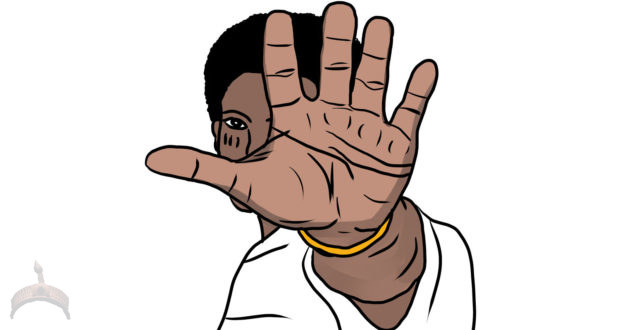
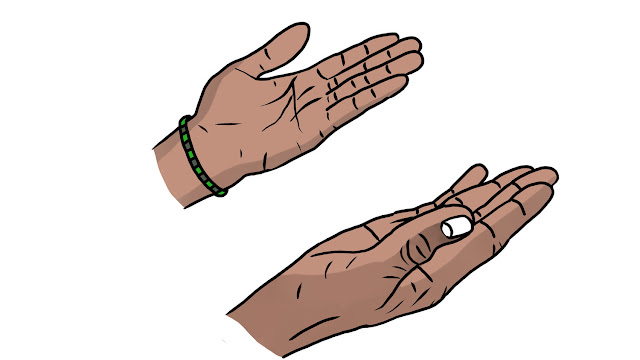

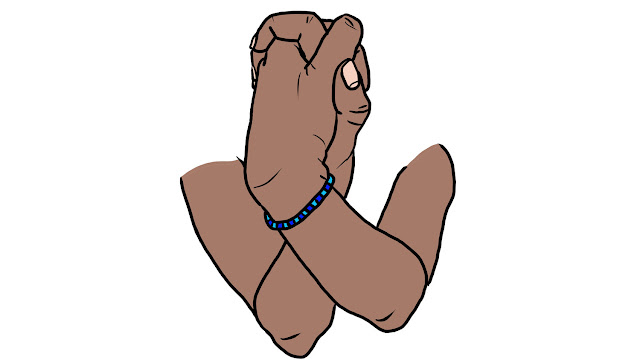
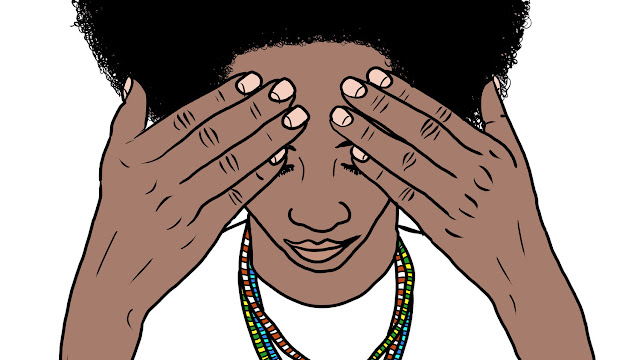






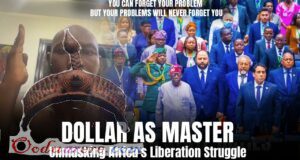


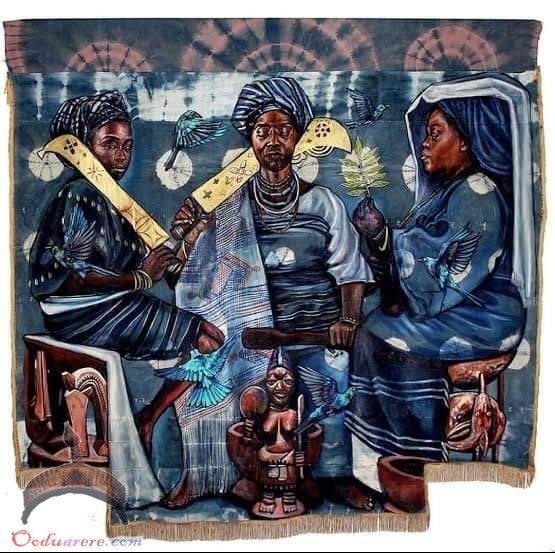
(Y)